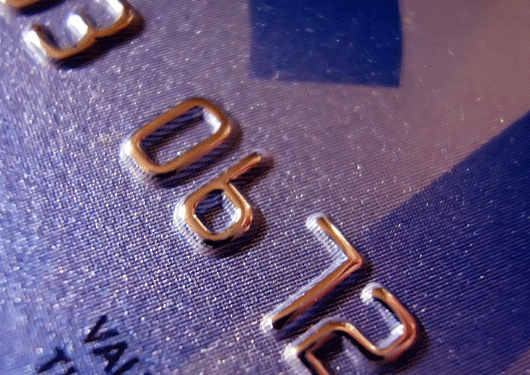
Visit Our Sponsors |
|
|
|
|
|
|
|
|
|
|
|
|
|
|
|
|
|
|
|
|
|
|
|
|
|
|
|
|
|
|
|
|
|
|
|
|
|
|
|
|
|
|
|
|
|
|
|
|
|
|
|
|
|
|
|
|
|
|
|
|
|
|
|
|
|
|
|
|

That's according to a study released by the National Retail Federation and Forrester that canvassed CIOs and technology executives at 59 large and mid-sized retail companies and is the first partnership between the two that focuses on retail industry payment issues.
The State of Retail Payments 2016 study – subtitled "Securing Consumer Payment Data Continues to Dominate the Payments Agenda" – also found that EMV adoption has been hampered by bottlenecks throughout the U.S. payment system and that the emphasis on security has pushed aside other priorities such as mobile payment.
“EMV is important, but chip cards alone won’t do the job of making data secure, especially if they’re only chip-and-signature rather than more-secure chip-and-PIN,” NRF vice president for retail technology Tom Litchford said. “That’s why retailers are working hard on technology like point-to-point encryption and tokenization that will ultimately do more to achieve the goal of putting hackers out of business. And the sooner security issues can be resolved the sooner retailers can bring new innovations to the way shoppers pay for their purchases like mobile and digital wallets.”
When asked to name their top three payment challenges of the past year, 76 percent of retailers surveyed cited EMV as the top contender and 46 percent cited chargeback issues often related to EMV, while 37 percent pointed to implementation of security efforts like encryption and tokenization. In response to these challenges, 86 percent of retailers surveyed have implemented or expect to implement the new Europay MasterCard Visa chip card system by the end of 2016.
The study said “many retailers are working feverishly” to complete the EMV transition but “payment vendors have not been able to keep pace” with certifying EMV equipment installed by retailers. With some retailers yet to install EMV equipment and many EMV installations that have been done awaiting certification, the study found retailers have been challenged with a higher-than-usual number of chargebacks; one company said chargebacks are so high they have “affected our bottom line.” Under liability changes imposed by the card industry last October, merchants are now required to absorb fraud costs through chargebacks when a card is counterfeit and the retailer does not have a certified chip card reader in operation. Previously, for in-store transactions counterfeit card fraud was usually absorbed by the bank that issued the card.
Since EMV is intended to ensure that the card is not counterfeit but does not directly protect card data itself, retailers are working on other steps that protect card data when it is being transmitted between the retailer and card processor or stored in retailers’ computer systems. The study found 93 percent of retailers surveyed expect to have point-to-point encryption in place by the end of 2017 and that 61 percent expect the same for multichannel tokenization.
Source: National Retail Federation
RELATED CONTENT
RELATED VIDEOS
Timely, incisive articles delivered directly to your inbox.

